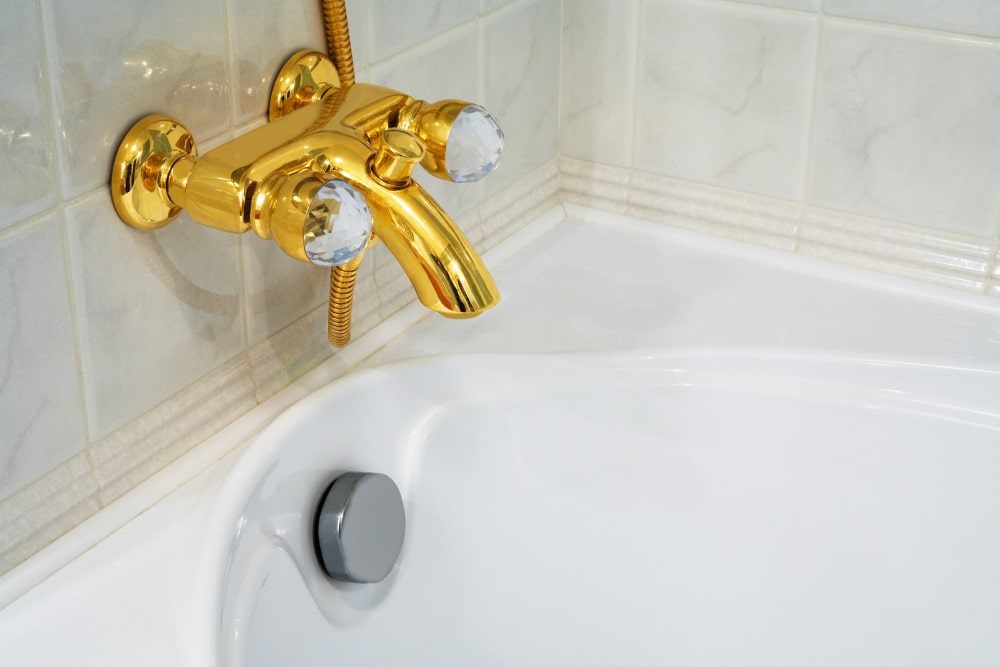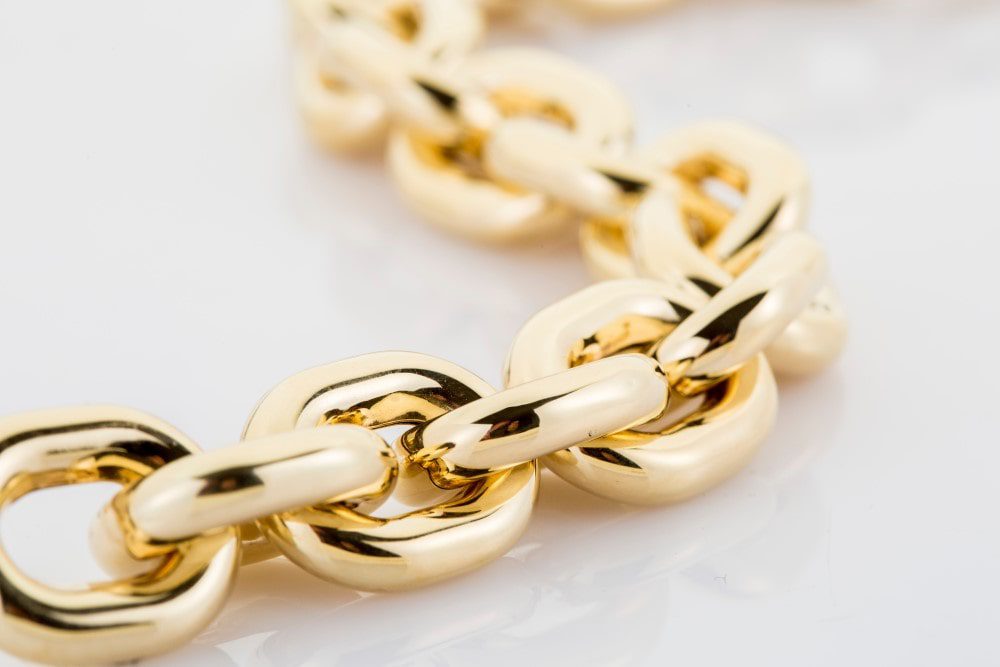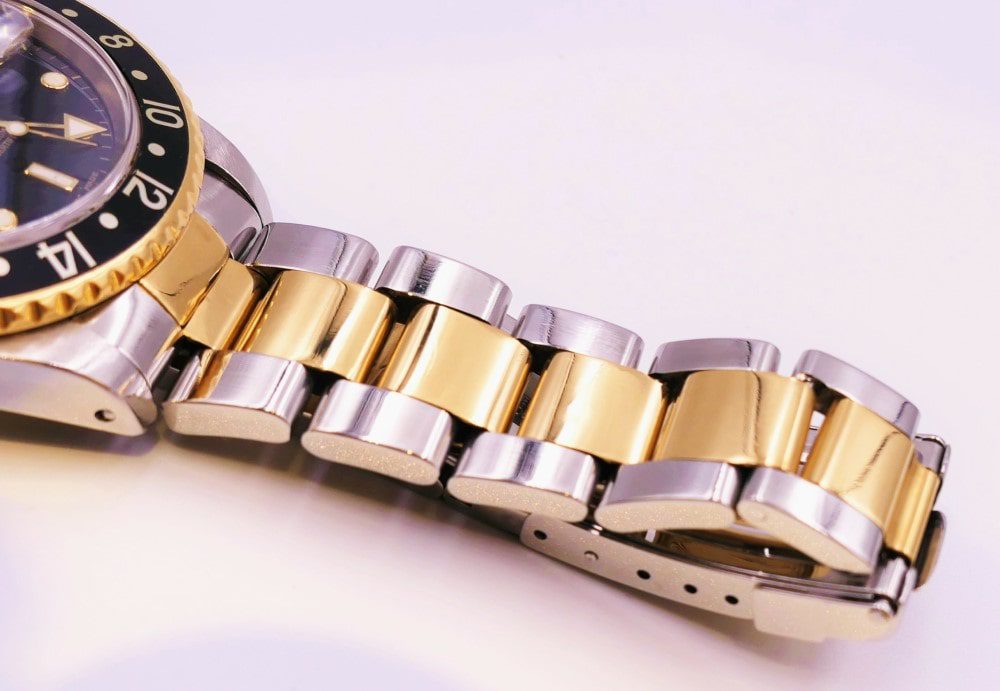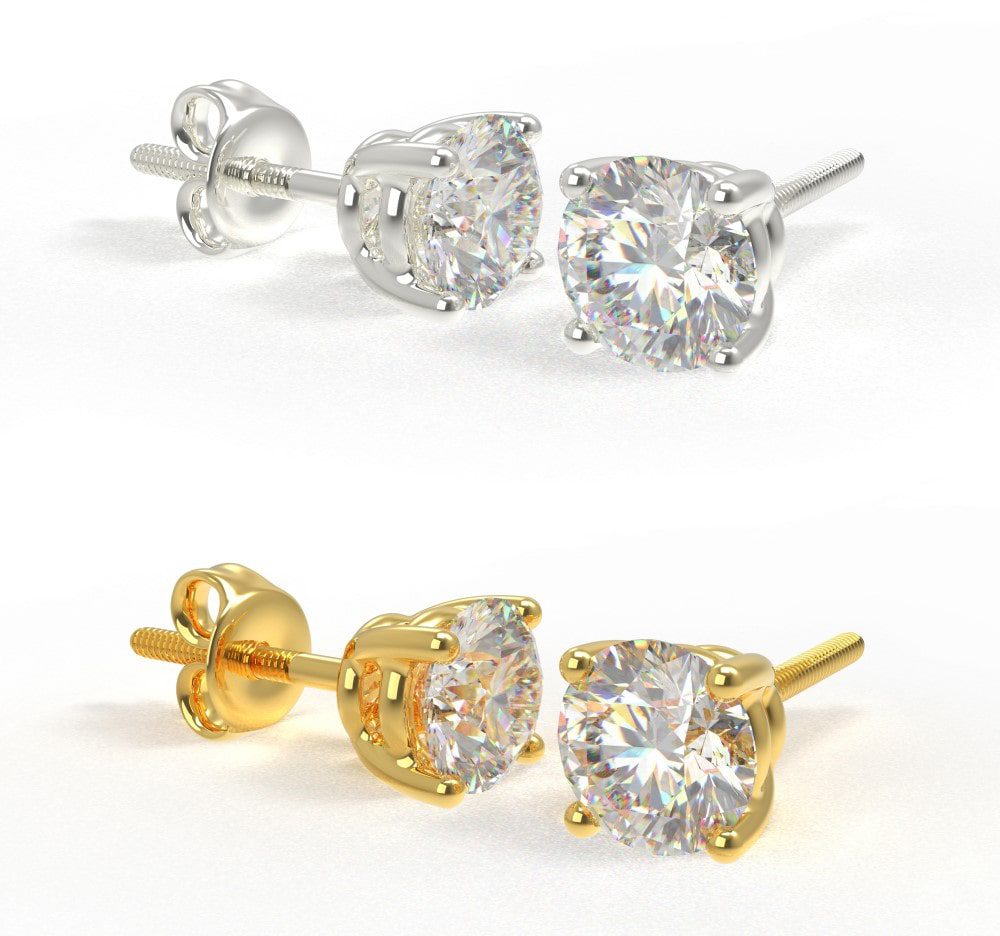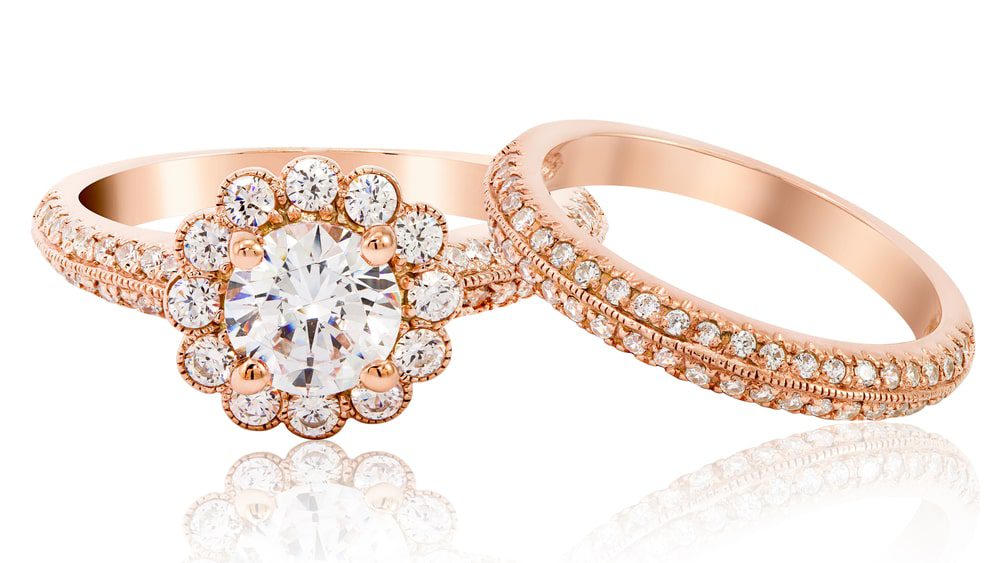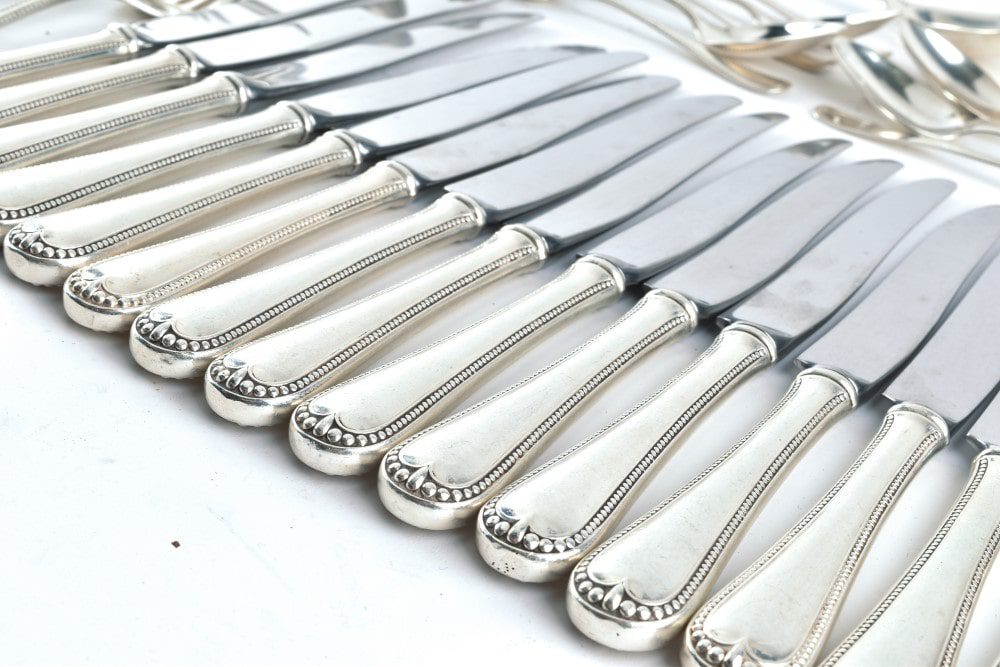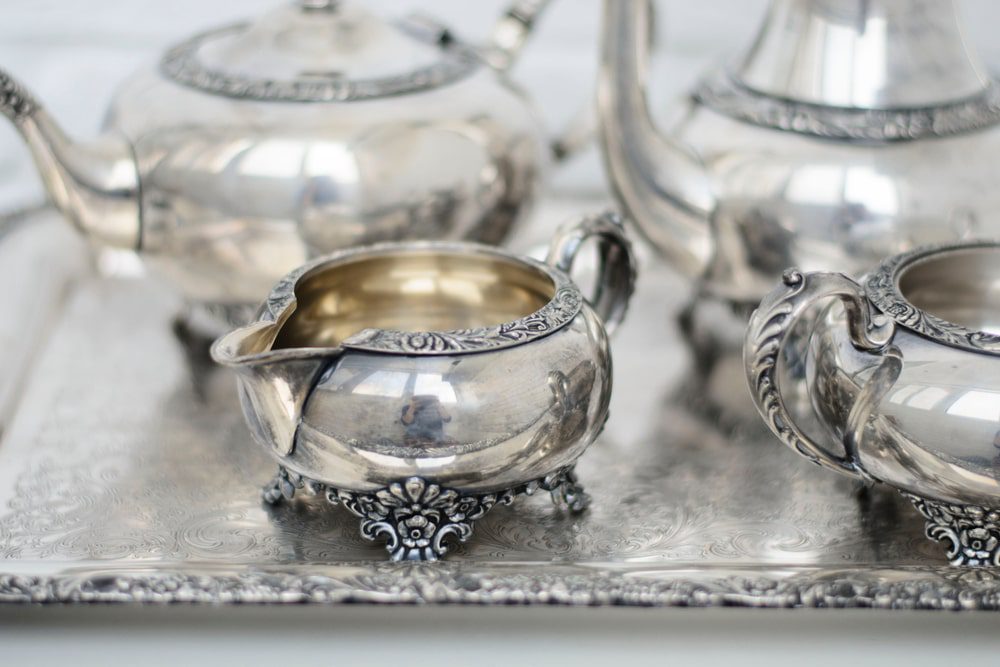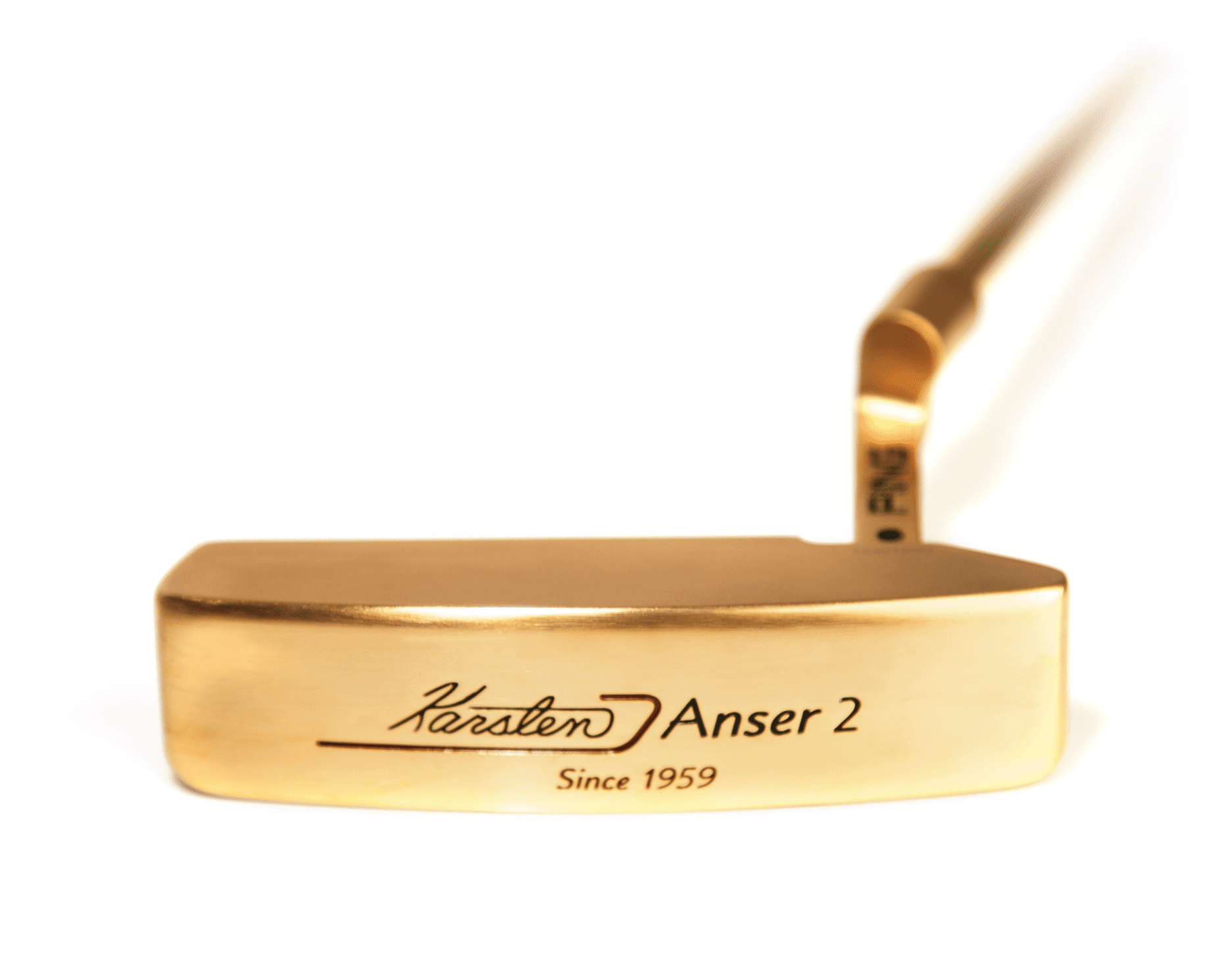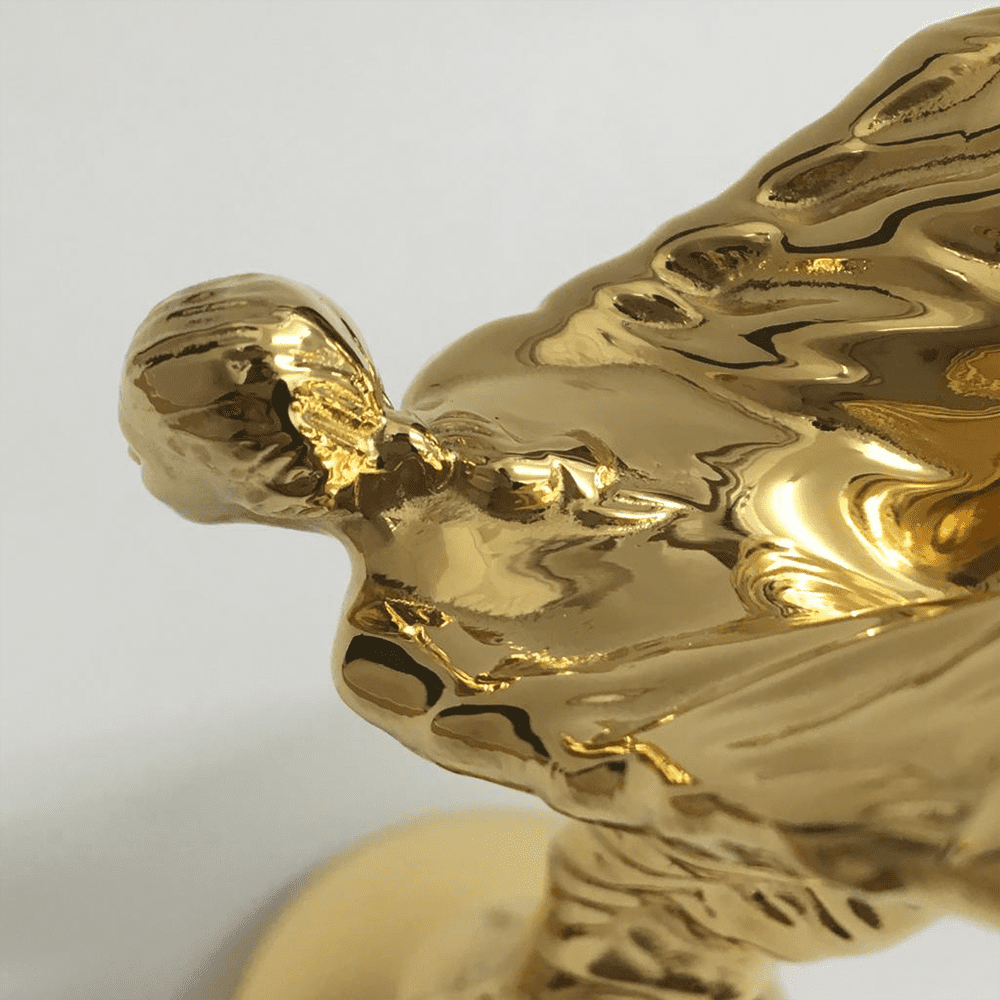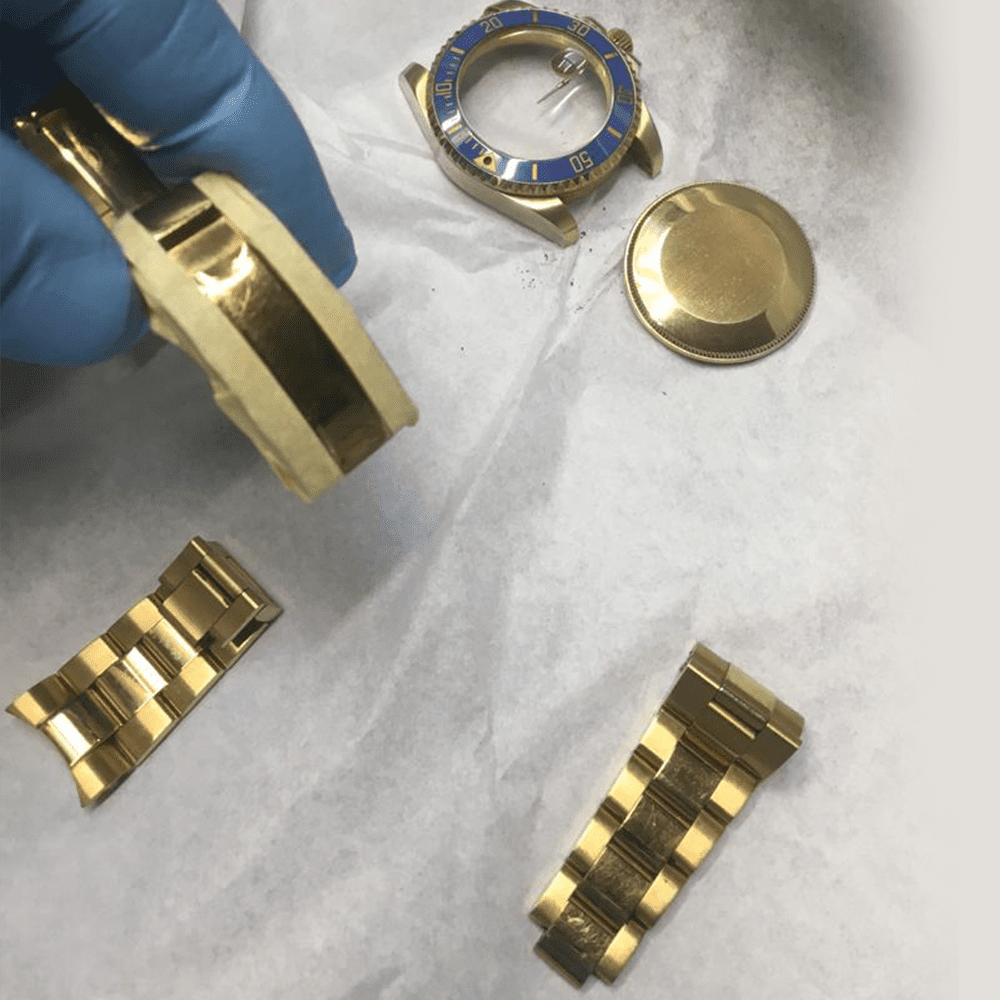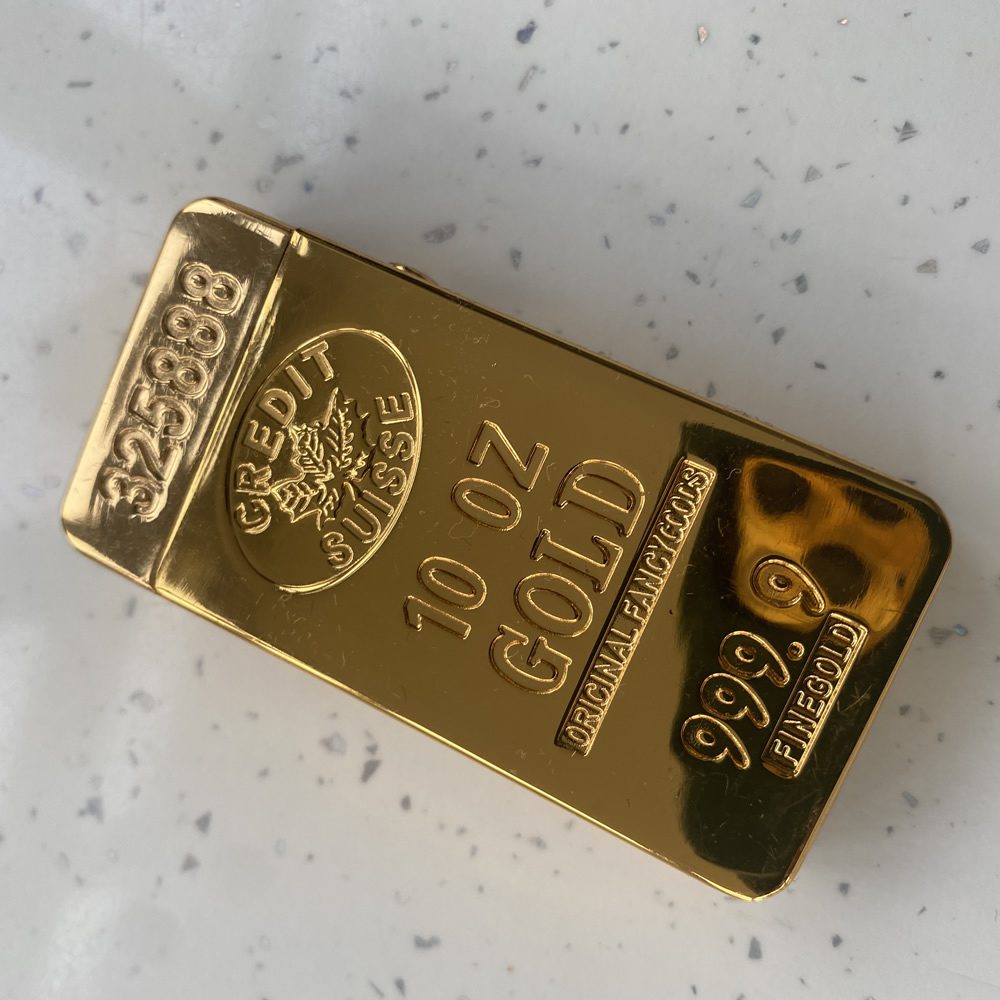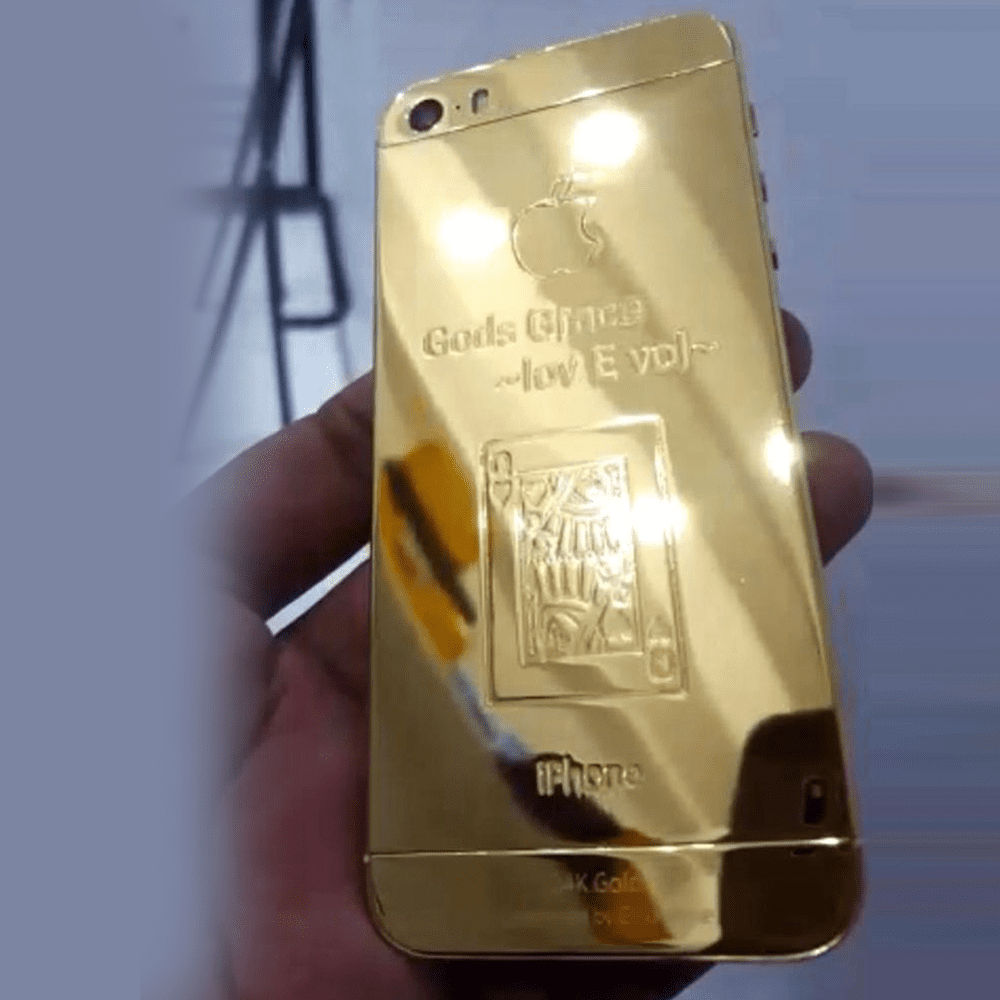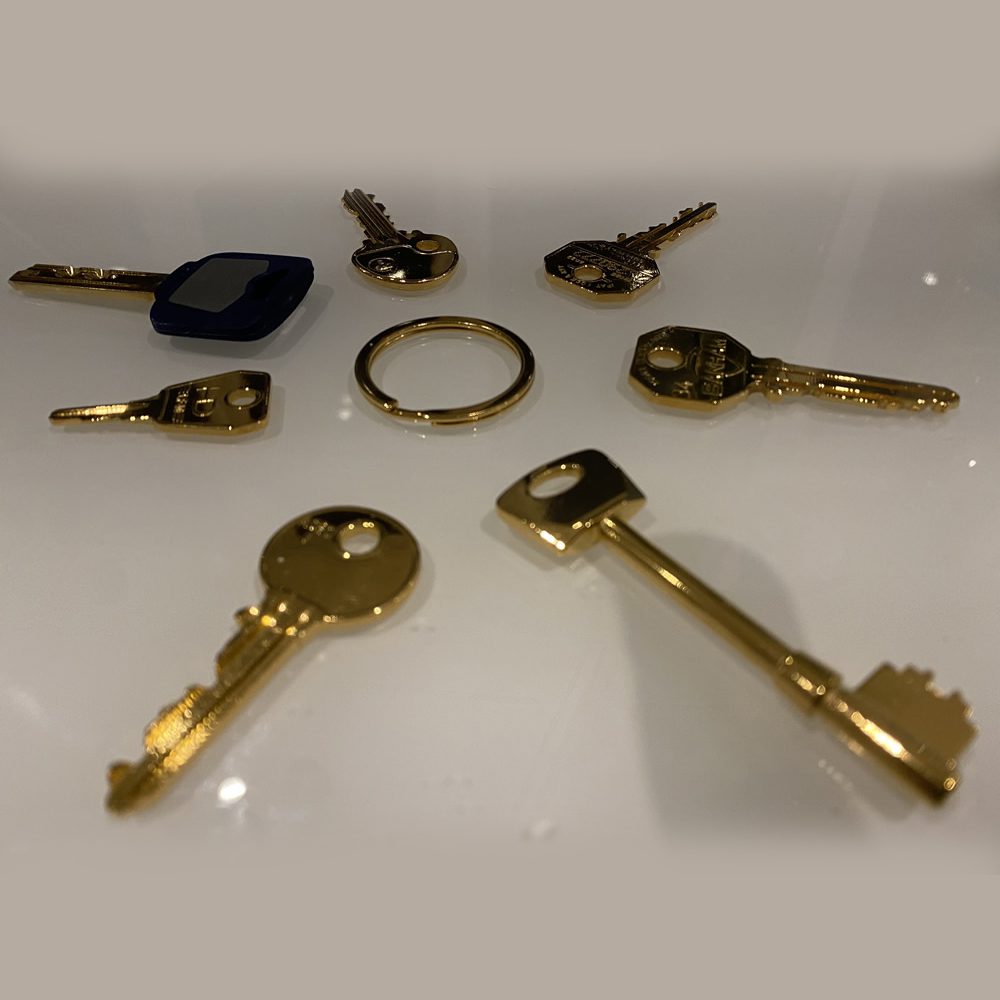Gold Plating Kits Business Opportunity
The GPRO 900, as invested in on The Dragons’ Den show, is a portable gold plating system. It empowers users to kickstart a profitable business as a Goldgenie Certified Professional, customizing everyday items with 24k Gold, Rose Gold, and Platinum. It includes enough chemicals to recoup your investment, and its easy-to-follow instructions enable users to plate their first item at home in just six minutes.
- Next Day Delivery United Kingdom
- Free Worldwide Delivery 5 - 7 days
- Free shipping
- from £1,299
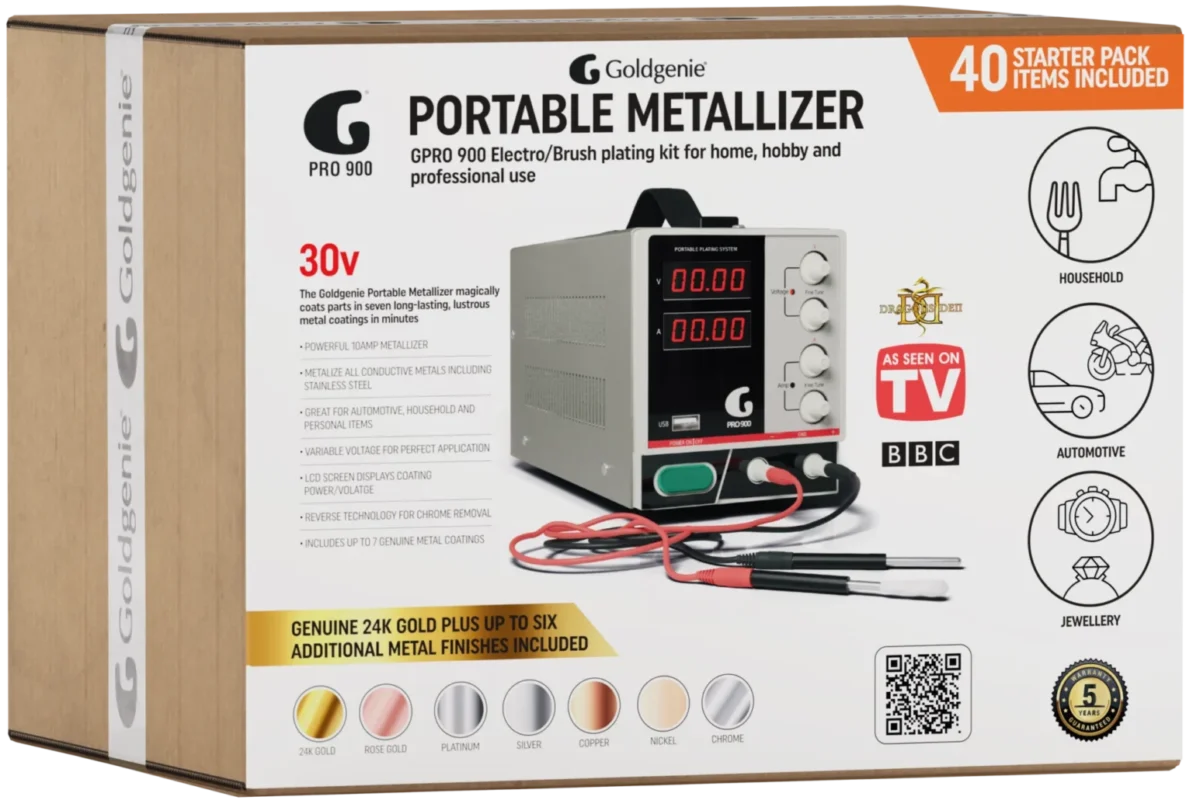
What can I customise with my GPRO 900 Gold Plating kit?
Customize hundreds of items in 24k gold, rose gold, platinum, silver, bright nickel, bright copper, and chrome professionally. View our gallery for work examples.

Become a Goldgenie Certified Professional
- Potential to make over £200 per day
- Operate from home, on-site, or as a bolt-on to an existing business
- Easy to operate business, with little or no overheads
- Customise everyday items in a range of finishes
- Unboxing & Training Video
- How to Charge & Training Manual
- Full-colour marketing leaflets to promote your new business
- Enough chemicals included to recoup your investment
Where do I order repeat Gold Plating solutions?
You can purchase repeat solutions and consumables from our dedicated Gold plating solutions page here.

Dragons’ Den investor James Caan on the GPRO 900 Gold Plating Kit Business Opportunity
Goldgenie is also featured in the “Dragons Den Success Book” available from Amazon and all good book shops
FAQs
Gold plating involves depositing a thin layer of gold onto the surface of another metal through a chemical or electrochemical process. This technique is widely used in various industries, including jewelry making, electronics, and automotive parts, to enhance the appearance and protect the underlying material from corrosion.Gold plating is favored for its ability to provide a luxurious finish to items while also offering significant functional benefits. It can make everyday objects look more appealing and extend their lifespan.
Gold plating has become an increasingly popular method for enhancing the appearance and durability of various items. Whether you’re a jewelry enthusiast, a DIY hobbyist, or a professional in the industry, understanding the intricacies of gold plating can significantly elevate your projects. This comprehensive guide will delve into everything you need to know about gold plating kits, from the basic concepts to advanced techniques, and help you choose the best kit for your needs.
The gold plating process typically involves the following steps:
- Preparation: The item to be plated is thoroughly cleaned to remove any dirt, grease, or oxidation. This step is crucial as contaminants can affect the quality of the plating.
- Surface Activation: The surface is treated with an activator solution to ensure proper adhesion of the gold layer.
- Electroplating: The item is submerged in a gold plating solution and connected to a power source. The gold ions in the solution are attracted to the item, forming a thin, even layer of gold on its surface.
The success of the gold plating process relies heavily on the quality of the plating solution and the equipment used. Gold plating kits come with all the necessary components to perform this process effectively.
The gold plating process typically involves the following steps:
- Preparation: The item to be plated is thoroughly cleaned to remove any dirt, grease, or oxidation. This step is crucial as contaminants can affect the quality of the plating.
- Surface Activation: The surface is treated with an activator solution to ensure proper adhesion of the gold layer.
- Electroplating: The item is submerged in a gold plating solution and connected to a power source. The gold ions in the solution are attracted to the item, forming a thin, even layer of gold on its surface.
The success of the gold plating process relies heavily on the quality of the plating solution and the equipment used. Gold plating kits come with all the necessary components to perform this process effectively.
Selecting the right gold plating kit can be daunting, given the variety of options available. Here are some factors to consider:
- Type of Plating: Determine whether you need a brush plating kit, pen plating kit, or a bath plating system. Brush and pen plating kits are suitable for small, intricate items, while bath plating systems are better for larger objects.
- Plating Solution Quality: Ensure the kit includes high-quality gold plating solutions. The concentration and purity of the gold solution can significantly impact the final result.
- Ease of Use: Look for kits with comprehensive instructions and all necessary components. Some kits may require additional items that are not included.
- Customer Reviews: Check reviews to gauge the kit’s performance and reliability. Feedback from other users can provide valuable insights into the kit’s effectiveness.
Gold plating solutions are a crucial component of any gold plating kit. These solutions contain gold ions, which are deposited onto the surface of the item being plated. The quality and composition of the plating solution can affect the durability and appearance of the final product.
Common types of gold plating solutions include:
- Acidic Gold Solutions: These are typically used for high-karat gold plating and offer excellent adhesion and a bright finish.
- Neutral Gold Solutions: These are suitable for plating on delicate or reactive metals, providing a more uniform finish without excessive buildup.
- Alkaline Gold Solutions: These are used for specialized applications, such as plating on stainless steel or other difficult-to-plate metals.
When choosing a gold plating solution, consider the type of metal you are plating and the desired finish.
- Clean the Item: Use a cleaning solution to remove any contaminants from the item’s surface.
- Activate the Surface: Apply a surface activator to ensure proper adhesion of the gold layer.
- Prepare the Plating Solution: Mix the gold plating solution according to the manufacturer’s instructions.
- Plate the Item: Submerge the item in the plating solution and connect it to the power source. Allow the item to remain in the solution for the recommended time to achieve the desired thickness.
- Rinse and Dry: After plating, rinse the item thoroughly with distilled water and dry it with a soft cloth.
Following these steps carefully will ensure a high-quality finish and long-lasting gold plating.
Even with the best gold plating kits, you may encounter some common issues during the plating process:
- Poor Adhesion: This can be caused by insufficient cleaning or improper surface activation. Ensure the item is thoroughly cleaned and properly activated before plating.
- Uneven Coating: This can result from improper mixing of the plating solution or inadequate contact with the power source. Follow the manufacturer’s instructions closely to avoid this issue.
- Discoloration: This can occur if the item is not rinsed properly after plating. Make sure to rinse the item thoroughly with distilled water to remove any residual plating solution.
Addressing these issues promptly will help you achieve the best possible results with your gold plating kit.
For those who prefer professional results or need to plate larger items, gold plating services are an excellent option. These services offer expertise and advanced equipment to ensure a flawless finish. Whether you’re looking to restore antique jewelry, enhance decorative items, or plate automotive parts, professional gold plating services can deliver high-quality results.
Tips for Long-Lasting Gold Plating
- Clean Regularly: Keep your gold-plated items clean by gently wiping them with a soft cloth to remove dirt and oils.
- Avoid Abrasives: Use non-abrasive cleaners and avoid harsh chemicals that can damage the gold layer.
- Store Properly: Store gold-plated items in a dry, cool place, preferably in a jewelry box or a cloth pouch to prevent scratching.
24k gold plating provides the purest form of gold layer on items, offering a rich, bright yellow finish that is highly sought after for luxury items. However, gold plating kits also offer solutions for other variations such as 18k, 14k, and even rose gold, allowing for customization according to the desired aesthetic and durability.
Plating Machines and Equipment
Investing in a gold plating machine can be beneficial for those looking to take their gold plating projects to the next level. These machines provide consistent results and can handle larger batches of items. Key equipment includes:
- Plating Machines: Provide automated and precise control over the plating process.
- Brush Plating Tools: Ideal for detailed work and touch-ups.
- Pen Plating Tools: Perfect for intricate designs and small areas.
- Plating Solution Tanks: Necessary for bath plating systems to hold the plating solutions.
Gold Plating Kits Supplies
Gold plating kits come with all the necessary supplies to get started. Essential supplies include:
- Gold Plating Solutions: Ensure a high-quality finish with the right concentration of gold.
- Cleaning Solutions: Essential for preparing the surface before plating.
- Activators: Improve adhesion and durability of the gold layer.
- Power Supplies: Provide the necessary electrical current for the electroplating process.
- Application Tools: Brushes, pens, and tanks for different plating methods.
- old plating involves depositing a thin layer of gold onto another metal.
- Gold plating kits offer a convenient way to achieve professional-quality results.
- Choose a kit based on your specific needs and consider customer reviews.
- Follow the proper steps for cleaning, activating, and plating to ensure a high-quality finish.
- Regular maintenance and proper storage can extend the lifespan of gold-plated items.
- Consider 24k gold plating for a luxurious finish and explore different gold variations.
- Investing in a plating machine can enhance your gold plating projects.
By understanding and applying these principles, you can master the art of gold plating and create stunning, long-lasting finishes for your projects.
About Goldgenie
Goldgenie is a renowned company that offers high-quality gold plating kits and services. Known for their reliable products and comprehensive support, Goldgenie caters to both beginners and professionals in the gold plating industry. Their kits include everything needed to achieve beautiful, long-lasting gold plating results, making them a top choice for anyone interested in this craft.
Summary
- Gold Plating Basics: Gold plating involves depositing a thin layer of gold onto another metal to enhance appearance and durability.
- Plating Process: Key steps include cleaning, surface activation, electroplating, and proper rinsing.
- Choosing Kits: Consider the type of plating, solution quality, ease of use, and customer reviews when selecting a gold plating kit.
- Common Issues: Poor adhesion, uneven coating, and discoloration are common issues that can be addressed with proper technique and care.
- Professional Services: Gold plating services are available for those who prefer professional results.
- Maintenance Tips: Regular cleaning, avoiding abrasives, and proper storage can extend the life of gold-plated items.
- Variations: 24k, 18k, and 14k gold plating offer different levels of purity and durability.
- Goldgenie: A trusted provider of gold plating kits and supplies, suitable for all levels of expertise.
With this guide, you are well-equipped to embark on your gold plating journey, whether for personal projects or professional endeavors. Enjoy the luxurious and durable finish that gold plating can provide!
FAQ's About Gold Plating
Yes, with the appropriate gold plating solution and proper surface preparation, you can successfully plate gold onto stainless steel.
- The thickness of the gold layer can vary depending on the application. For jewelry, a thickness of 0.5 to 1 micron is typically sufficient.
- The longevity of gold plating depends on the thickness of the gold layer, the quality of the plating process, and the item’s usage. Properly maintained gold plating can last for several years.


 24k Gold Roses
24k Gold Roses
 Luxury Gold Gift Emporium
Luxury Gold Gift Emporium
 Luxury Gold Gifts for Him
Luxury Gold Gifts for Him
 Luxury Gold Gifts for Her
Luxury Gold Gifts for Her
 24K Gold Ping Putter & Ball
24K Gold Ping Putter & Ball
 24k Gold Microphones
24k Gold Microphones
 24k Gold SHURE Microphone
24k Gold SHURE Microphone
 24k Gold Sennheiser Microphone
24k Gold Sennheiser Microphone
 Gold Bullion Electronic Arc Lighter
Gold Bullion Electronic Arc Lighter
 Gold Bullion Key Ring
Gold Bullion Key Ring
 24k Gold USB Stick
24k Gold USB Stick
 18k Solid Gold I-Ching Coins
18k Solid Gold I-Ching Coins
 Play Station PS5
Play Station PS5

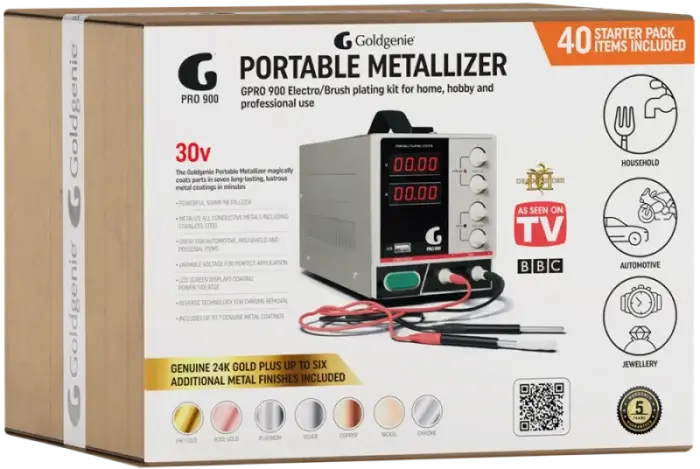






 Goldgenie India
Goldgenie India
 Goldgenie Cambodia
Goldgenie Cambodia
 Goldgenie Dubai
Goldgenie Dubai
 Goldgenie USA
Goldgenie USA
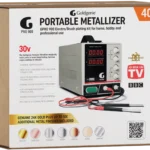 GPRO 900 Gold Plating System
GPRO 900 Gold Plating System

